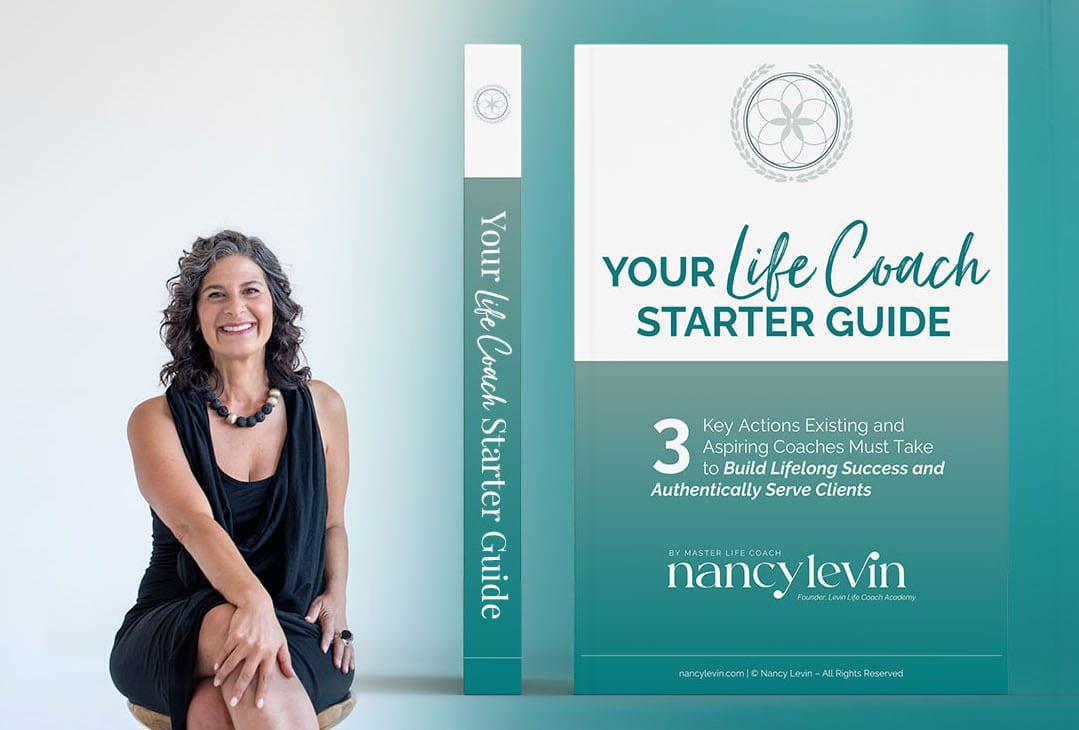“We need to talk.”
You hear those four simple words and your palms begin to sweat – you stop what you’re doing and brace yourself for what’s about to come.
That familiar scene is how most difficult conversations begin and as you can imagine, things typically escalate from there and no one leaves the conversation satisfied.
We struggle knowing how to communicate information that we think will upset, cause anxiety or hurt another person, so we default to the only way we know!
And because most of us have been on the receiving end of this kind of conversation, we’ll go to great lengths to avoid having them altogether – even pushing down our own needs – because we don’t want to face what might happen if we do share our true feelings.
Or when we do muster the courage to share our feelings, it often doesn’t go as we planned and it comes out “all wrong”. We tell ourselves we should have just kept our mouths shut because we didn’t get what we wanted anyway.
Sound familiar?
The thing is that avoiding confrontation might work for a while to keep the peace – both at work and in your personal life – but after a while, it becomes harder to avoid because your needs and wants didn’t get the message about staying quiet.
You start to resent the person (or situation) and anger, frustration and even sabotage begin to bubble to the surface, resulting in an even bigger explosion than the one you imagined in your head.
It feels like you’re stuck in a never-ending cycle, never having a productive conversation and unsure how to move forward.
So how do you move forward?
Whether you’re sharing feelings or getting a need met, there’s a better way to have hard conversations.
The first thing to remember is that most hard conversations are really about setting boundaries. We don’t like to set boundaries mostly because we’re afraid someone will get mad or be disappointed.
This can feel uncomfortable especially if you’re a die-hard people pleaser!
And while there can indeed be consequences to setting boundaries, the reality is that the results are rarely as extreme as anticipated.
What would life be like if you weren’t running from discomfort all the time?
You’d get used to momentary uneasiness because you would learn how to work with it when it presents itself. You’d resolve any issues quickly. Your energy wouldn’t be constantly drained from trying to avoid your own feelings, the feelings of others, and the terror of rocking the boat.
So, I always recommend that before you decide to dive head first into difficult conversations that you learn to get comfortable with a little discomfort or, as I call it, cozy up to conflict. Because the more you can feel ok with the momentary pain, the less likely you will be to dive in awkwardly or even over-explain your position while rambling on.
Your willingness to feel the short-term discomfort of setting boundaries is the gateway to everything you’ve ever wanted in your life.
Next, you’ll also want to consider scripting out what you want to say.
Knowing what you want and how to say it can help you avoid over-defending your position or becoming apologetic for stating your position. Our natural inclination is that we want to be “understood” so we go far beyond what we need to say to get our point across.
When we script our conversations, we are more apt to get to the point and avoid using words that might enflame or trigger the person.
In my next book, Setting Boundaries Will Set You Free: The Ultimate Guide to Telling the Truth, Creating Connection, and Finding Freedom, coming out with Hay House in January 2020, I offer a simple format for setting my own boundaries when others are involved. It consists of two parts: a request, and if necessary, a declaration of intention.
The request includes a statement of the other person’s impact—“When you do X, I feel Y”—followed by a direct request. I think of it as “Plan A.” The hope is that the other person will hear you, understand, and be willing and able to keep the boundary you’re requesting.
Here are a few examples of requests, stated in my preferred format:
- When you don’t wash your dishes, I feel frustrated and taken for granted. Are you willing to do your own dishes going forward?
- When your brother makes racist comments, I feel angry and uncomfortable. I don’t want to see him socially except at family gatherings. Does that work for you?
- When your dog crosses the street and poops in my yard, I feel resentful because I end up having to clean up after him. Will you please figure out a way to keep your dog in your own yard?
In the best-case scenario, the other person will say, “I’m so sorry! I didn’t realize how my actions were affecting you. I will absolutely do better going forward.”
But, if the other party is unable or unwilling to meet your request, the next step is to move on to Plan B: you take care of you.
This is when you let the other party know how you’re going to handle the situation moving forward in order to get your needs met. Remember, it’s never anyone else’s responsibility to keep your boundary; that job is yours and yours alone.
Here are some Plan B examples, based on the boundary requests mentioned:
- Since you won’t wash your own dishes, I’m going to use some of the household budget to purchase paper plates so I don’t have to wash them for you.
- Since you still want to see your brother socially, I will simply stay home.
- Since you are not willing to keep your dog in your own yard, I will plan to call animal control when I next see him coming into my yard.
In most cases, it’s a good idea to make your request first to determine if the other person is in agreement before you state what you’ll do if their behavior or expectation happens again – because otherwise, you are back at square one and likely to meet up with some resistance.
When you’re scripting your conversation, there are a few more points to consider. The first is that you’ll want to avoid language that blamed the other person, that you focus on yourself and your feelings and only apologize if you feel you need to – not as a method of trying to convince the other person to buy your conversation.
Now, I’m not saying that this formula is going to work each and every time, but it will help you master hard conversations in a way that is far more effective than what you learned from watching your parents or social circles.
You’ll begin to see more positive outcomes and are likely to finally feel heard in a whole new way.
Want to learn more tips on how to have difficult conversations, tune in to my Hay House Radio Show tomorrow, May 16, 2019, so we can continue the conversation.
xo
Nancy








